
Something about the history
https://en.wikipedia.org/wiki/Trico
In 1917, the Tri-Continental Corporation was founded by John R. Oishei in Buffalo, New York, and introduced one of the first windshield wipers for two-piece windshields. Back then it was known as Rain Rubber. The last developments for vacuum-operated rear window wipers were in 1959. Gradually, the vacuum operated systems were replaced by electric motor operated systems.
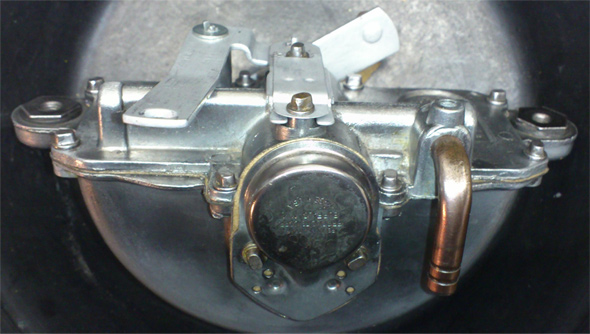
AFTER repair
Chevrolet GMC Pickup 1947-1953
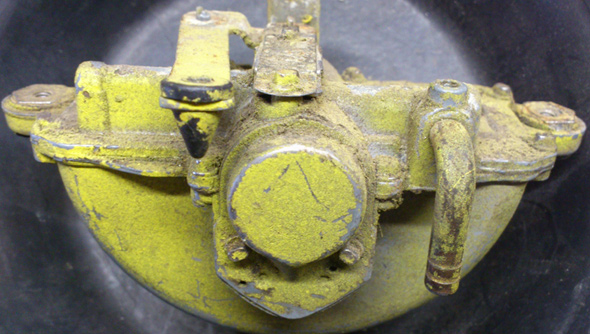
BEFORE repair
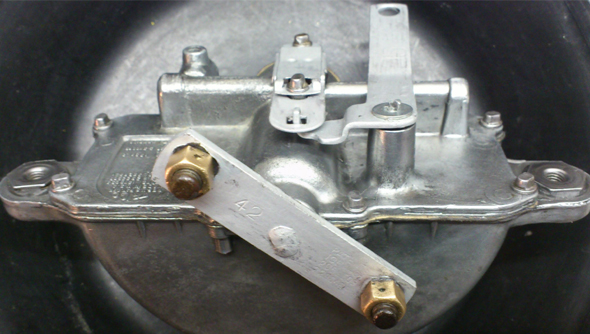
AFTER repair
Chevrolet GMC Pickup 1947-1953
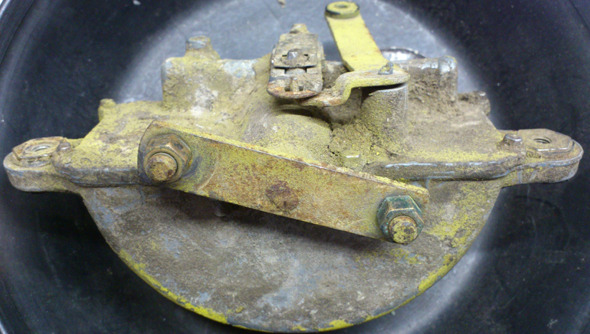
BEFORE repair
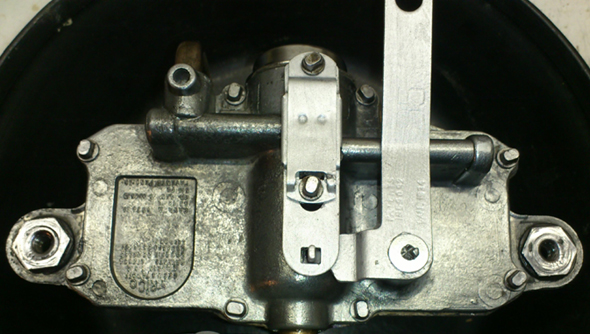
AFTER repair
Chevrolet GMC Pickup 1947-1953
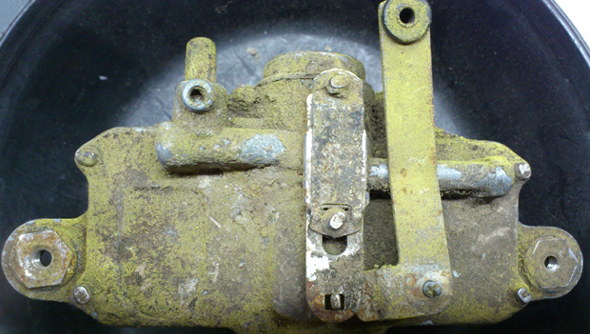
BEFORE repair
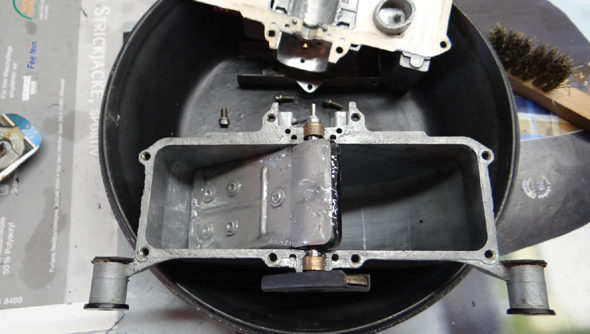
AFTER repair
Caddilac 1957
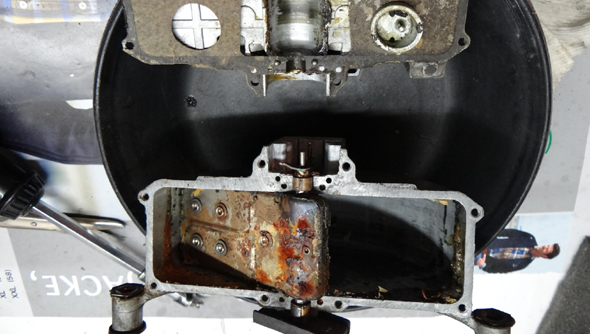
BEFORE repair
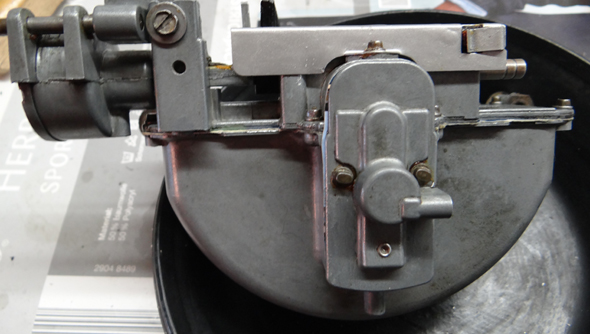
AFTER repair
Caddilac 1957
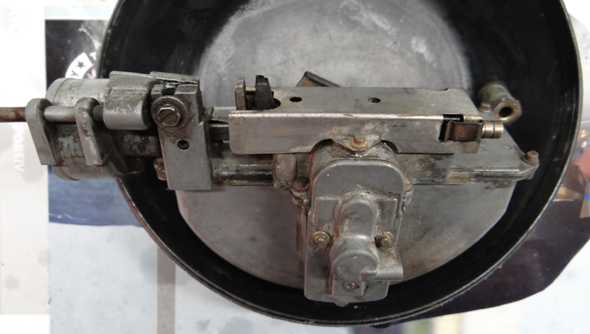
BEFORE repair
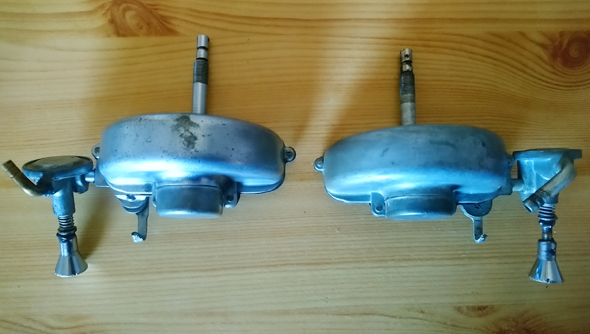
Repair
Studebaker 1934
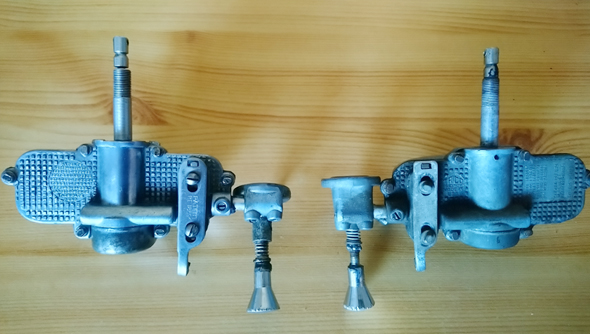
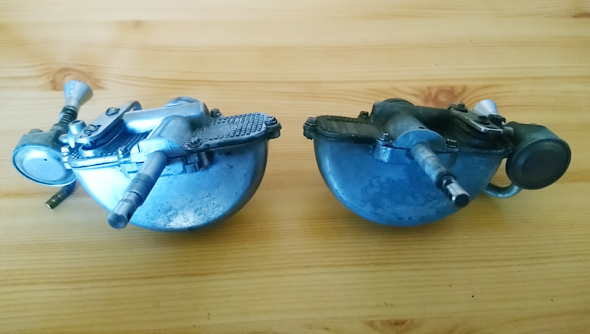
Repair
Studebaker 1934
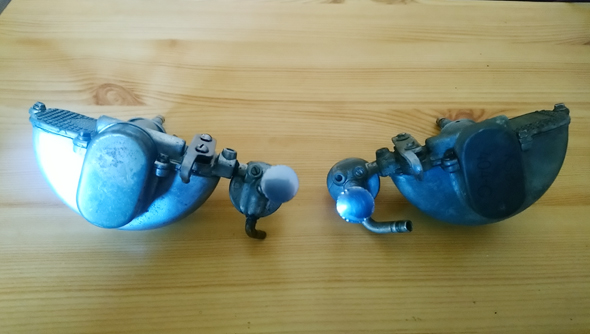
A little more detailed
How does the Trico Vacuum Wiper Motor work?
When an engine turns, it not only pulls the gas-air mixture through the carburetor, but also the air from the Trico Vacuum Motor. For this you can find a connector below the carburetor, which is connected to the Trico Vacuum Motor via a hose or pipe (for example Ford around 1940 or Chevrolet / GMC around 1950).
The motor first sucks the air out of the first chamber of the vacuum motor. The internal paddle moves in the direction of negative pressure. The external valve switches to the other chamber at a certain angle of the paddle. Now the air is sucked out there. The paddle now moves in the other direction.
In a second angular position of the paddle, the external valve now switches back to the first chamber. This creates a back and forth movement in the vacuum motor. This back and forth movement is transmitted to the windshield wiper blades via a mechanical connection (rods, cables) and this ensures the classic movement of the windshield wipers.
In winter temperatures it can happen that the internal lubrication of the drive becomes more viscous, which can stop wiping. If you don’t like it, you have to replace it with an electric wiper motor. If, on the other hand, the internal lubrication dries out, wiping can also be disturbed. I can help you with that.
I just call them auxiliaries, which are additional functions mounted on the side of the vacuum motors.
An adjusting screw on the side regulates the speed of the windshield wiper, for example on a 1934 Studebaker. The adjusting screw opens or closes a defined leak (small hole / valve). With the help of which more or less vacuum is created in the chambers of the vacuum motor. And that regulates the speed of the windshield wiper.
A 1957 Cadillac even has two additional units. One of them is a direct part of the screwed-on cover with three switch positions (off / slow – / fast wiping). The other one is absolutely nifty as a side-mounted cylinder. It ensures that the windscreen wipers are wiped for a limited period of time and splashes water onto the windscreen. We actually only know the same principle of a windshield wipe-wash system from modern vehicles. But no, that already existed before 1957!
Lars Graichen
Kleingewerbebetrieb
Wickershain 32a
04643 Geithain
GERMANY
Mobil: +49 (0) 160 . 919 686 99
Unfortunately, my spoken English is not good, so please write me an email.
mail@vacuum-repair.de
